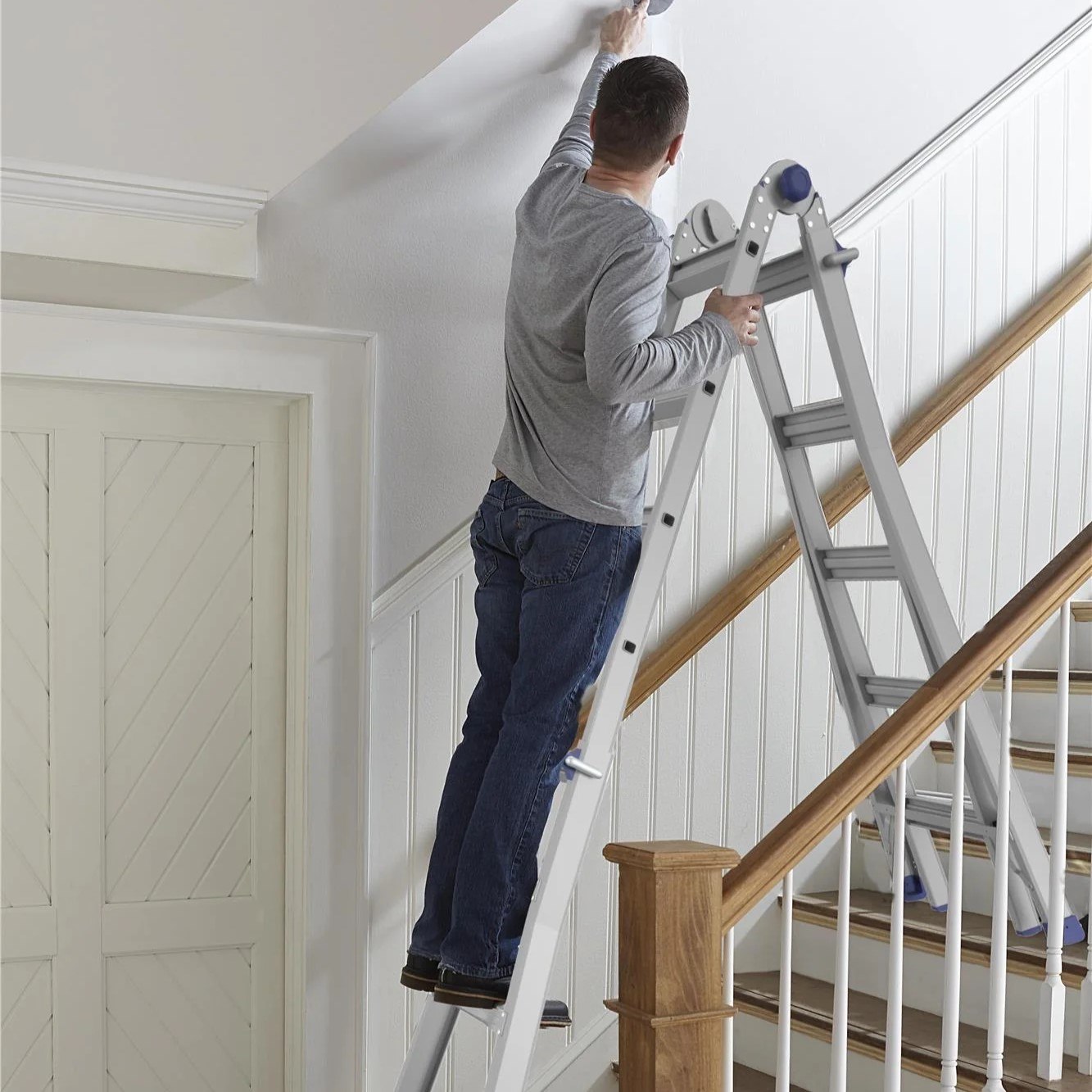

Articles
How To Place Ladder On Stairs
Modified: May 6, 2024
Learn how to place a ladder on stairs safely and securely with these helpful articles. Find step-by-step instructions and expert tips to ensure a stable and balanced setup.
(Many of the links in this article redirect to a specific reviewed product. Your purchase of these products through affiliate links helps to generate commission for Storables.com, at no extra cost. Learn more)
Introduction
Placing a ladder on stairs can be a tricky task that requires careful consideration and attention to safety. Whether you’re cleaning hard-to-reach areas, painting walls, or performing any other task that involves using a ladder on stairs, it’s crucial to follow the proper steps to ensure stability and minimize the risk of accidents.
In this article, we will guide you through the process of placing a ladder on stairs safely and effectively. From assessing the staircase to choosing the right ladder and securing it properly, we’ll cover all the essential tips and techniques. By following these steps, you’ll be able to work confidently and efficiently on stairs, knowing that you have taken all the necessary precautions.
So, let’s dive in and learn the proper way to place a ladder on stairs!
Key Takeaways:
- Prioritize safety by assessing the staircase, choosing the right ladder, and securing its base to ensure stability and minimize the risk of accidents when placing a ladder on stairs.
- Maintain a stable and balanced stance while climbing, working, and descending the ladder on stairs to prevent accidents and injuries. Always prioritize safety and take necessary precautions.
Read more: How To Place A Ladder On Stairs
Step 1: Assess the Staircase
The first step in safely placing a ladder on stairs is to assess the staircase itself. Take a few moments to carefully examine the stairs and identify any potential obstacles or hazards that may affect ladder placement.
Start by checking for any loose or damaged steps. If you come across a wobbly or unstable step, it’s crucial to have it repaired before attempting to use a ladder on the stairs. This will help ensure a solid foundation for the ladder and minimize the risk of accidents.
Next, determine the width of the stairs. Ladders come in various sizes and shapes, so it’s important to choose a ladder that can comfortably fit on the stairs without any excessive overhang on the sides. Measure the width of the stairs and consider the dimensions when selecting a ladder for the task at hand.
Additionally, assess the slope of the stairs. Some staircases may have a steeper incline, making it more challenging to place a ladder securely. If you feel uncomfortable or unsafe with the angle of the stairs, it may be best to seek alternative methods or tools for the task.
Lastly, take note of any obstacles that may interfere with ladder placement. These obstacles can include handrails, walls, or other fixtures near the stairs. Ensure that there is enough clearance around the area where the ladder will be positioned, allowing for safe and unrestricted movement.
By thoroughly assessing the staircase, you can identify and address any potential safety concerns before proceeding to the next steps. This proactive approach will help ensure a secure and stable ladder placement for your upcoming task.
Step 2: Choose the Right Ladder
After assessing the staircase, the next step is to choose the right ladder for the job. Selecting the appropriate ladder is crucial to ensure stability and safety when using it on the stairs.
Consider the height required for your task. Ladders come in various heights, from small step stools to extendable ladders that reach high ceilings. Measure the height you need to reach, taking into account the height of the stairs as well. Choose a ladder that will allow you to comfortably reach your desired working height without overextending or standing on the topmost rungs.
Next, consider the ladder type. There are several types of ladders available, including step ladders, extension ladders, and combination ladders. Step ladders are self-supporting and can be easily used on stairs, while extension ladders are adjustable and can reach higher areas. Combination ladders offer the flexibility of both step and extension ladders. Assess your specific needs and select the ladder type that best suits your task.
Weight capacity is another important factor to consider. Ladders have weight restrictions, and it’s crucial to choose one that can safely support your weight and any additional equipment or materials you may have with you while working on the stairs. Ensure that the ladder you select has a weight capacity that exceeds your total weight.
Lastly, consider the material of the ladder. Ladders are commonly made of aluminum, fiberglass, or wood. Aluminum ladders are lightweight and resistant to rust, while fiberglass ladders are non-conductive and ideal for working near electrical sources. Wood ladders are sturdy but may be heavier and require more maintenance. Choose a ladder material that suits your needs and provides the necessary durability for your task.
By carefully choosing the right ladder, you can ensure that it is appropriate for the specific staircase and task at hand. This will enhance stability and minimize the risk of accidents while working on the stairs.
Step 3: Secure the Base of the Ladder
Once you have selected the right ladder, the next step is to secure the base of the ladder to ensure stability and prevent it from slipping or moving while you work on the stairs. Properly securing the ladder base is crucial for your safety and the effectiveness of your task.
Start by positioning the ladder at the bottom of the stairs, aligning it parallel to the staircase. Place the ladder in a way that allows the top of the ladder to rest against a sturdy vertical surface, such as a wall or handrail. This will help provide additional stability.
Before ascending the ladder, it’s important to stabilize the base. Insert ladder stabilizers or ladder levelers if needed to ensure an even and level foundation. These devices can help compensate for any unevenness in the staircase or provide better stability on slippery surfaces.
Use non-slip pads or rubber feet on the bottom of the ladder legs to enhance traction and prevent the ladder from slipping or sliding. These pads provide grip on various surfaces and minimize the risk of accidents caused by an unstable ladder base.
For additional stability, consider using ladder anchors or ladder brackets to secure the ladder to the staircase itself. These accessories attach the ladder securely to the stairs, preventing any lateral movement or wobbling. Follow the manufacturer’s instructions for installing these accessories properly.
Throughout the process, make sure the ladder is positioned on a level surface and that all locks and braces are fully engaged. Take the time to double-check the security of the ladder base before starting any work on the stairs.
By securing the base of the ladder, you can minimize the risk of accidents and ensure a stable platform for your work on the stairs. This step is essential for maintaining your safety and allowing you to focus on your task with confidence.
Step 4: Angle the Ladder
Angling the ladder correctly is a crucial step to ensure stability and safety when using it on stairs. When the ladder is properly angled, it provides a secure and stable platform for you to work on.
Start by placing the base of the ladder roughly one foot away from the bottom step. This will create a stable foundation and prevent the ladder from toppling over backward. Adjust the distance depending on the specific ladder and the slope of the stairs.
Next, extend the ladder fully, ensuring all locks and braces are engaged. Stand facing the ladder on the side you will be climbing. Grab the rungs with your hands and position your toes against the ladder’s feet.
While keeping one foot on the ladder, use your other foot to push the ladder upward, angling it towards the staircase. The proper angle for the ladder is about a 75-80 degree angle, with the top of the ladder extending slightly above the landing or working area.
Ensure that the ladder is securely positioned against the stairs, with the top resting against the landing or the vertical surface you identified during the assessment stage. Make any necessary adjustments to the angle to ensure stability.
By angling the ladder correctly, you create a solid and secure setup for your work on the stairs. This angle distributes your weight evenly and prevents the ladder from sliding or toppling over while you climb or work at height.
When placing a ladder on stairs, use a ladder with adjustable legs or a leveling system to ensure stability. Position the ladder at the correct angle and have a spotter to assist with stability.
Step 5: Test the Stability
Before you climb the ladder and start working on the stairs, it is essential to test its stability to ensure your safety throughout the task. Testing the stability of the ladder will give you peace of mind and allow you to focus on your work without worrying about potential accidents.
First, give the ladder a gentle shake to check for any immediate signs of instability. If the ladder wobbles excessively or feels unsteady, readjust the ladder’s base and re-angle it until you achieve a stable position.
Next, carefully step onto the ladder, applying a bit of weight to test its stability. Pay attention to any movement or shifting of the ladder as you climb. If you feel any instability or notice excessive movement, descend immediately and reassess the ladder’s positioning and angle.
While on the ladder, pay attention to any give or flexing of the ladder’s rungs, steps, or side rails. These should feel solid and secure, without any signs of weakness or damage. If you notice any defects or weaknesses during the stability test, refrain from using the ladder and opt for a safer alternative.
Additionally, be mindful of your body positioning as you climb. Keep your center of gravity between the side rails at all times, avoiding any leaning or reaching that could cause the ladder to become unbalanced.
If the ladder passes the stability test without any issues, you can proceed with your work on the stairs. However, it is important to periodically retest the ladder’s stability throughout your task to ensure that it remains secure and steady.
Remember, testing the stability of the ladder is a crucial step to prevent accidents and injuries. Take the time to assess and retest the ladder’s stability to ensure a safe working environment on the stairs.
Step 6: Climb Up Carefully
Once you have tested the stability of the ladder and are satisfied with its safety, it’s time to climb up and position yourself for work on the stairs. Climbing the ladder carefully and maintaining proper balance is essential to avoid any accidents or injuries.
Start by facing the ladder and placing both hands on the side rails or rungs. Keep a firm grip as you begin to ascend. Place one foot on a rung, ensuring it is securely planted before moving your other foot up to the next rung.
As you climb, maintain a steady pace and keep your body centered between the side rails. Avoid any sudden movements or jerks that may destabilize the ladder. Use the ladder’s built-in handrails, if available, to provide additional support and balance.
Be mindful of your surroundings as you ascend. Pay attention to any obstacles or hazards that may hinder your movement on the stairs. Clear any clutter or debris from your path to ensure a safe and unobstructed climb.
It is important to maintain a three-point contact with the ladder. This means having two hands and one foot, or two feet and one hand, in contact with the ladder at all times. This helps provide stability and balance as you climb.
Take your time while climbing and do not rush. If you feel fatigued or unsteady at any point, stop climbing and reassess your position. It’s better to prioritize safety and take breaks when needed rather than risk a fall or injury.
Once you have reached the desired height on the ladder, ensure that your body remains centered and balanced. Allow yourself to adjust to the working position before proceeding with any tasks on the stairs.
By climbing the ladder carefully and maintaining proper balance, you can ensure your safety while working on the stairs. Take the necessary precautions and be mindful of your movements and surroundings to prevent any accidents or mishaps.
Step 7: Work Safely on the Stairs
Once you have climbed up the ladder and positioned yourself on the stairs, it’s vital to prioritize safety while carrying out your tasks. Working safely on the stairs will help prevent accidents and ensure a productive and risk-free work environment.
First and foremost, maintain a stable and balanced stance on the ladder. Keep your body centered between the side rails and avoid leaning or overreaching to the point where your balance may be compromised. Always work within a comfortable reach without straining your body.
Make sure any tools or materials you need are within easy reach. Avoid hanging heavy equipment or reaching too far to retrieve items, as this can destabilize the ladder.
Keep both hands free whenever possible. If you need to use tools or materials, secure them in a tool belt or place them in a sturdy container near the ladder. This will allow you to maintain a secure grip on the ladder and prevent accidents caused by dropping objects.
If you need to move along the stairs while working, do so with caution. Maintain a firm grip on the ladder’s side rails and take small, deliberate steps. Avoid sudden movements or actions that may shift the ladder’s position.
Be aware of your surroundings and any potential hazards nearby. If there are other people or objects passing near the ladder on the stairs, communicate with them to ensure everyone’s safety. Clear any clutter or obstacles from the working area to prevent tripping hazards.
Take breaks as needed. If you start to feel fatigued or if your concentration wanes, pause your work and rest for a while. This will help maintain your focus and prevent accidents caused by exhaustion.
Lastly, remain mindful of your body position and overall comfort while working on the stairs. If you start to feel uncomfortable or strained, reposition yourself or adjust the ladder’s angle if necessary. Prioritizing your own well-being is crucial in maintaining a safe work environment.
By following these safety guidelines, you can work efficiently and effectively on the stairs while minimizing the risk of accidents or injuries. Remember, safety should always be the top priority when working on elevated surfaces.
Step 8: Descend the Ladder Properly
When you have completed your tasks or need to come down from the ladder on the stairs, it is important to descend safely and properly to avoid any accidents or injuries. Descending the ladder correctly is just as crucial as ascending it.
Start by ensuring that your work area is clear of any tools, materials, or debris that may obstruct your path while coming down from the ladder. This will help provide a clear and unobstructed route for your descent.
Prioritize maintaining a secure grip on the ladder’s side rails as you prepare to descend. Keep both feet firmly planted on the ladder rung below you and use one hand to grip the side rail above you for added stability.
As you descend, take one step at a time, slowly and deliberately. Avoid rushing or skipping rungs, as this can increase the risk of losing your balance. Maintain a controlled pace and carefully move your feet down one rung at a time.
Keep your body centered and balanced throughout the descent, similar to when you were climbing up. Avoid leaning to one side or overreaching, as these actions can lead to an unsteady ladder position or a loss of balance.
While coming down from the ladder, always maintain three points of contact to ensure stability. This means having two feet and one hand, or two hands and one foot, in contact with the ladder at all times. This will help provide the necessary support and prevent any sudden slips or falls.
Continuously monitor your footing and be cautious of any hazards on the stairs. If you encounter an obstacle or uneven surface, take extra care to navigate around it safely. Maintain a controlled and steady descent, adjusting your pace as needed.
Once you reach the bottom of the ladder, ensure that you have safely landed on the ground before releasing your grip on the ladder. Take a moment to regain your balance and ensure that the ladder is stable and secure before stepping away from it completely.
Throughout the entire process of descending from the ladder on the stairs, prioritize your safety and proceed with caution. By following these steps, you can safely and efficiently complete your work and prevent any accidents or injuries while coming down from the ladder.
Read more: How To Place Stemware
Conclusion
Placing a ladder on stairs requires careful consideration and adherence to safety guidelines to ensure a secure and risk-free working environment. By following the steps outlined in this article, you can confidently and safely navigate the process of placing a ladder on stairs for various tasks.
Assessing the staircase is the first step, allowing you to identify any potential hazards or obstacles that may affect ladder placement. Choosing the right ladder is crucial, considering the height required, ladder type, weight capacity, and material to suit your specific needs.
Securing the base of the ladder is essential for stability. Using non-slip pads, ladder stabilizers, and anchors can enhance grip and prevent any movement or sliding of the ladder while on the stairs.
Properly angling the ladder ensures a secure and stable platform for your work. Maintaining the correct angle of the ladder, approximately 75-80 degrees, helps distribute weight evenly and prevents toppling or slipping.
Testing the ladder’s stability before climbing is crucial to ensure its safety. Give the ladder a gentle shake and climb a few steps to check for any instability. If any issues arise, readjust the ladder’s position or angle until it feels secure.
Climbing up and down the ladder should be done carefully and with proper balance. Maintaining a stable and centered stance, using both hands for support, and keeping a three-point contact with the ladder at all times are key aspects to prioritize safety.
While working on the stairs, maintaining a safe working environment is vital. Clearing obstacles, keeping tools within reach, and being cautious of your surroundings are important practices to prevent accidents and injuries.
Finally, descending the ladder properly is just as important as ascending. Maintaining a secure grip, taking it one step at a time, and prioritizing balance will ensure a safe descent from the ladder.
In conclusion, by following these steps and adhering to safety guidelines, you can successfully place a ladder on stairs, work efficiently, and mitigate the risk of accidents or injuries. Always prioritize your safety, take necessary precautions, and work confidently knowing that you have taken the necessary steps for a secure ladder placement on the stairs.
Now that you've mastered placing ladders on stairs safely, why not tackle more challenges around your home? Embracing DIY projects can bring immense satisfaction and practical skills into your life. If scaling heights is your thing, ensure your climbs are safer with ladder stabilizers designed for various conditions. Don’t forget, no matter the job, understanding construction safety keeps everyone secure. Dive into these topics to enhance your home improvement journey and safety knowledge.
Frequently Asked Questions about How To Place Ladder On Stairs
Was this page helpful?
At Storables.com, we guarantee accurate and reliable information. Our content, validated by Expert Board Contributors, is crafted following stringent Editorial Policies. We're committed to providing you with well-researched, expert-backed insights for all your informational needs.


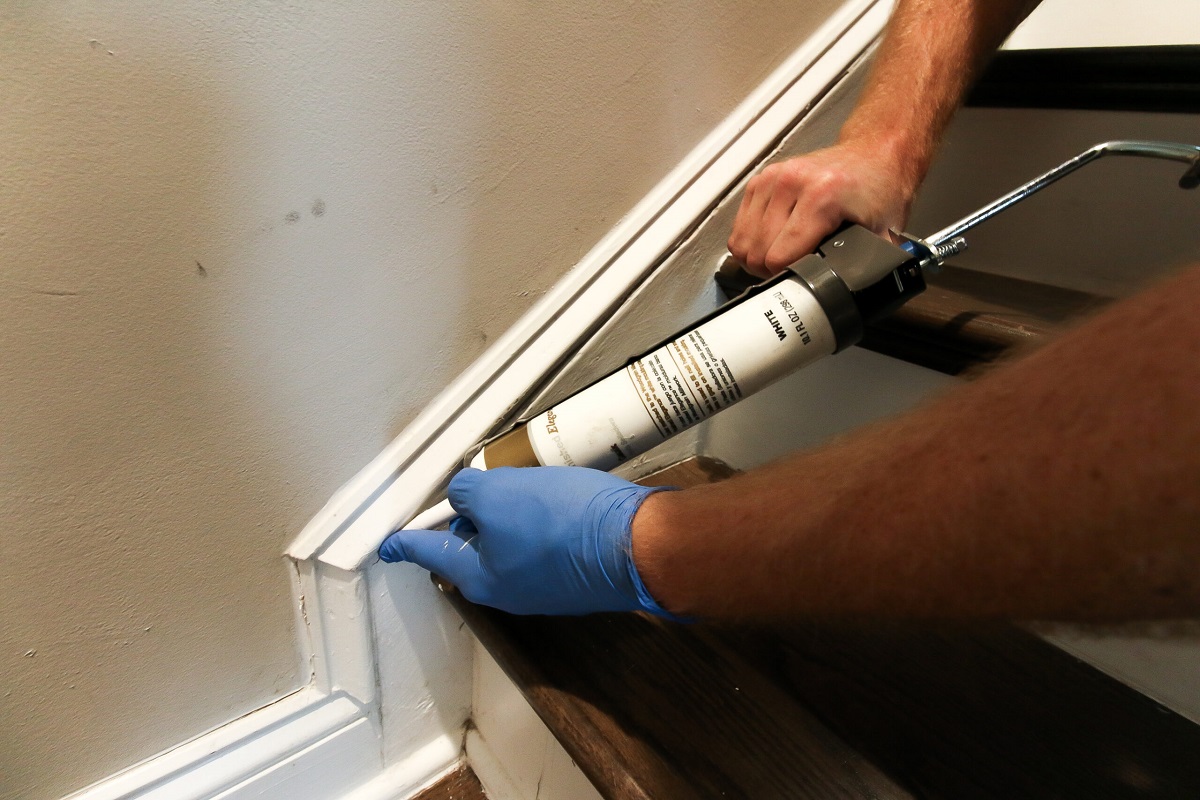
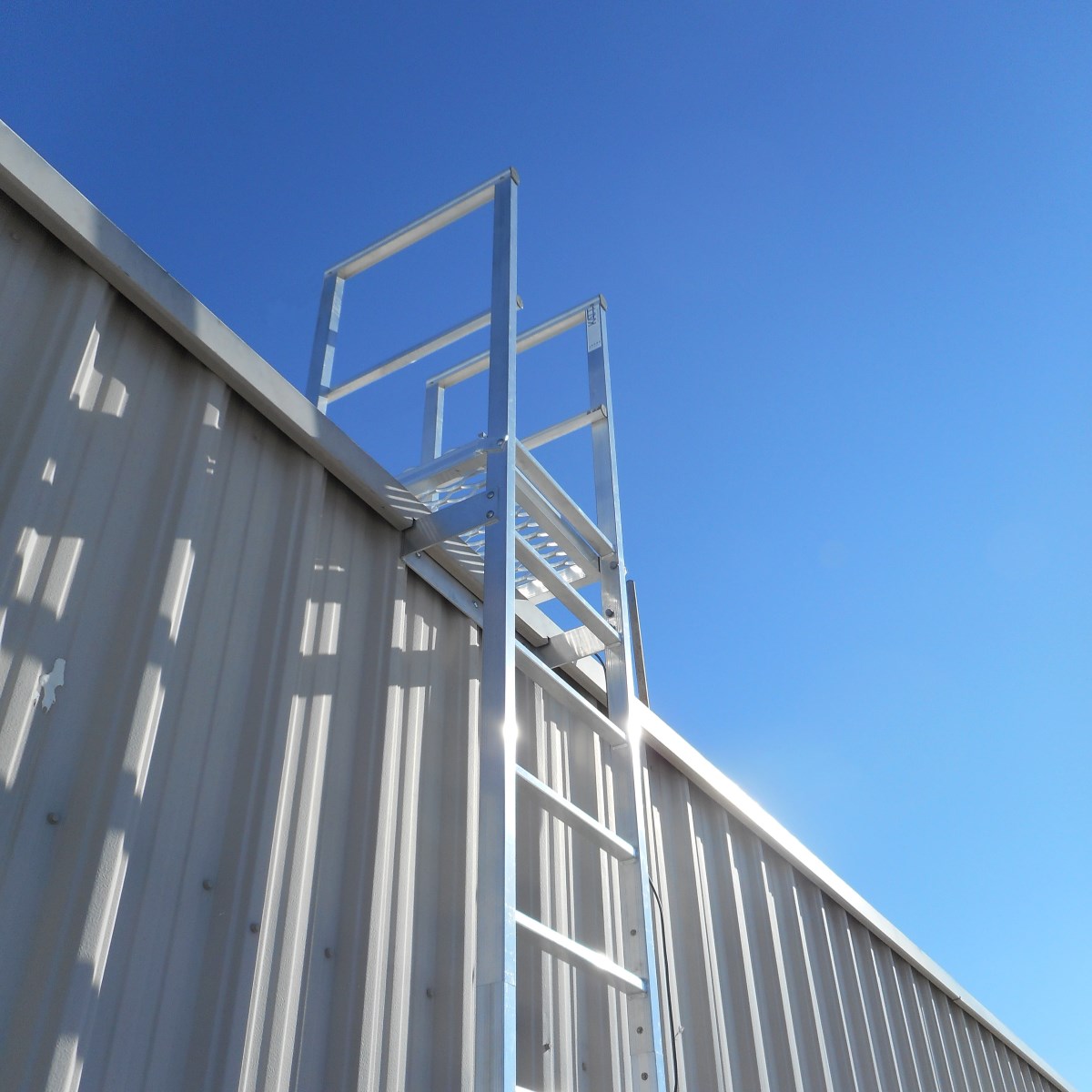
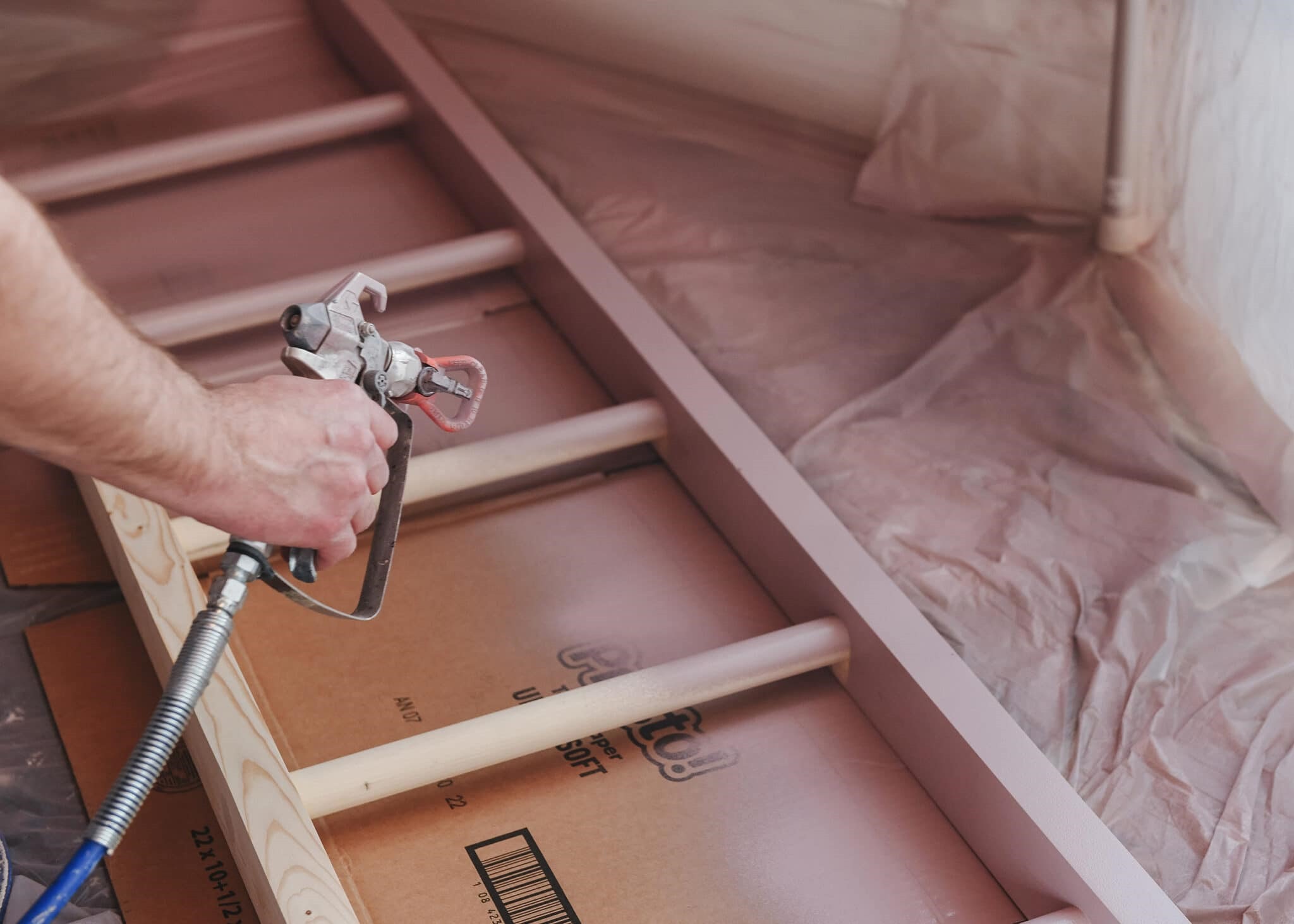

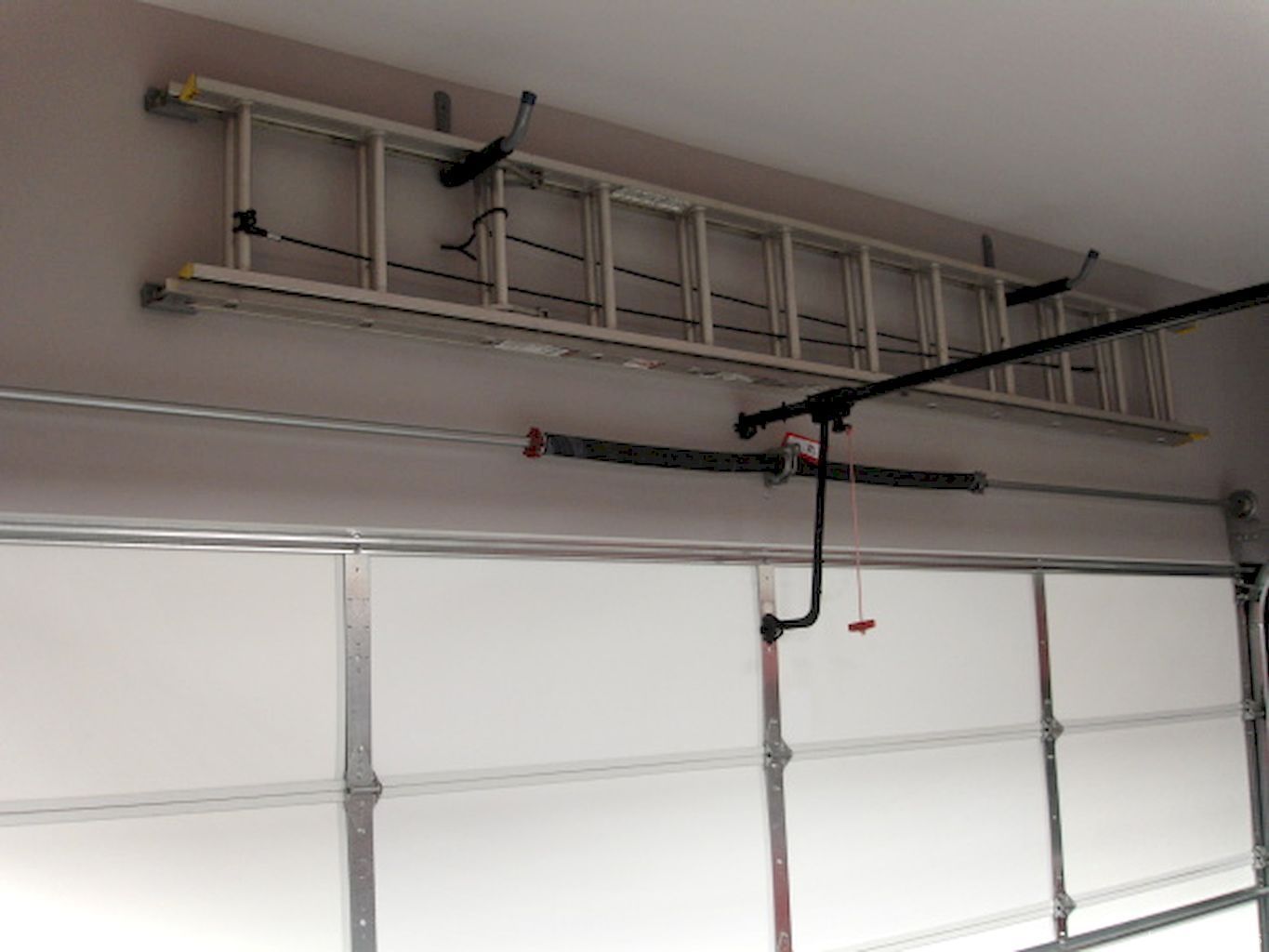
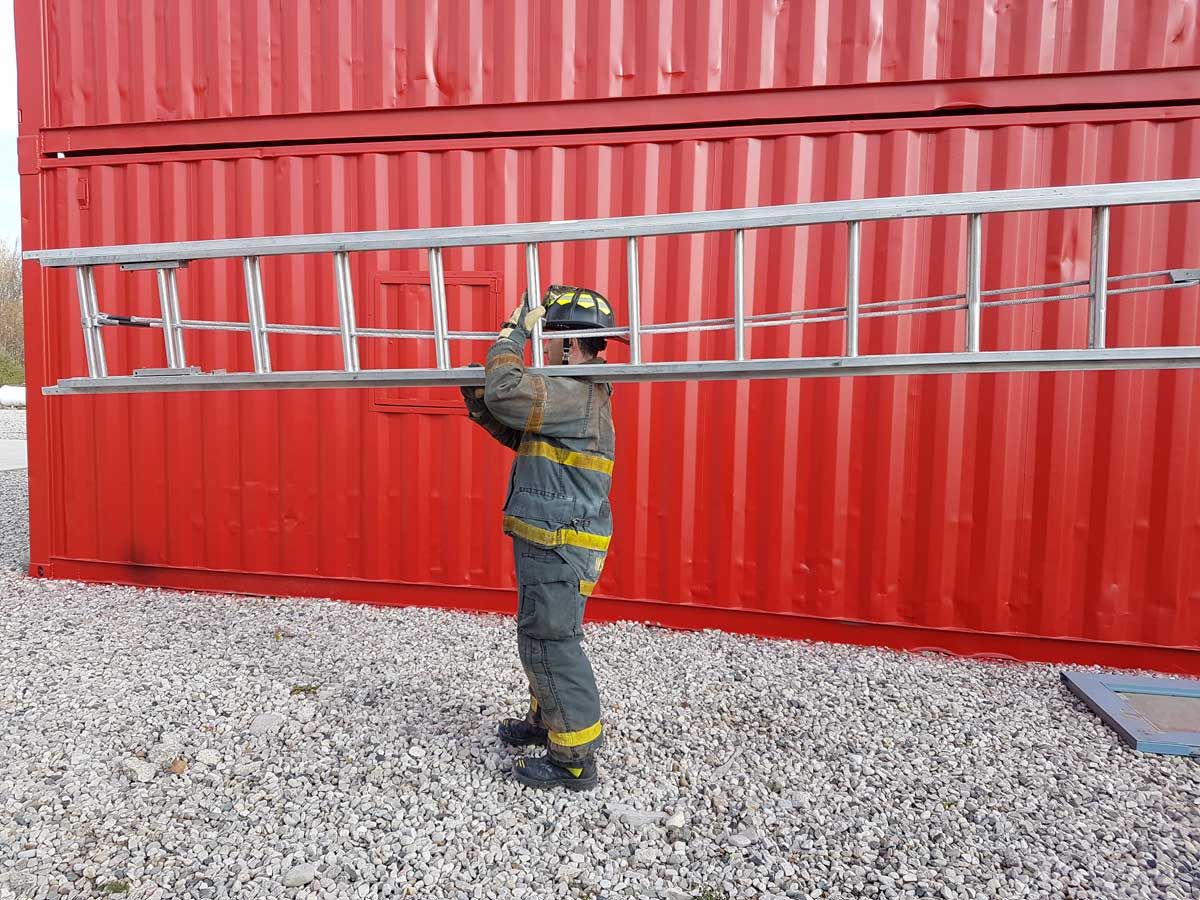
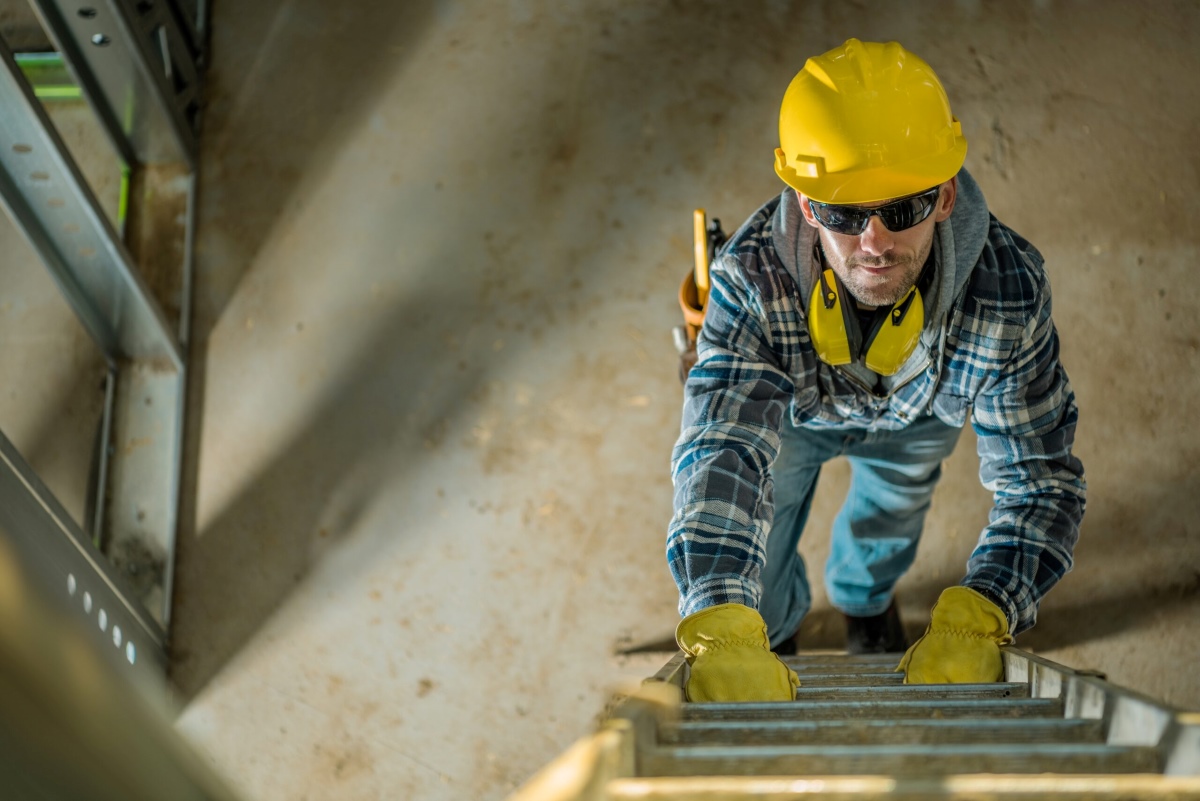
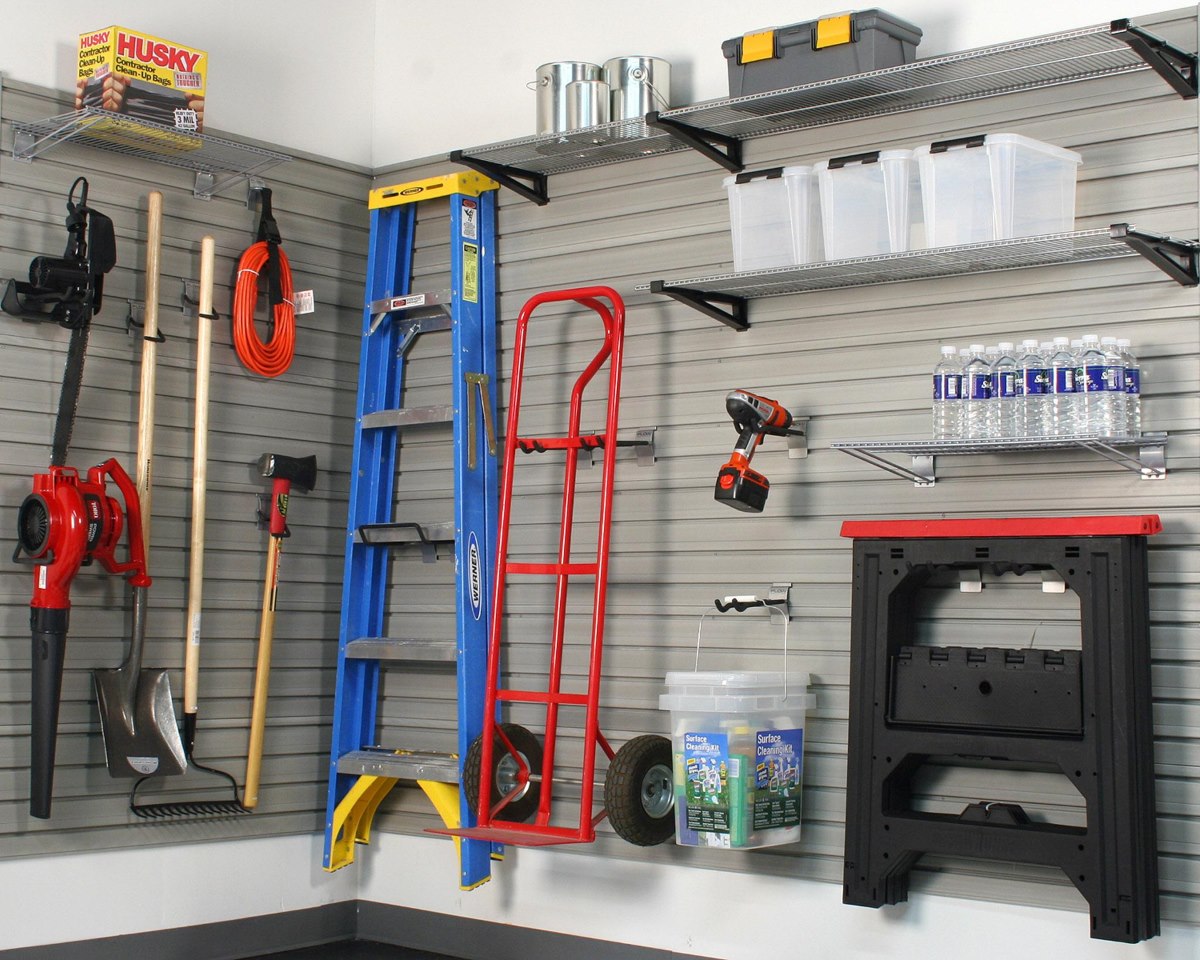
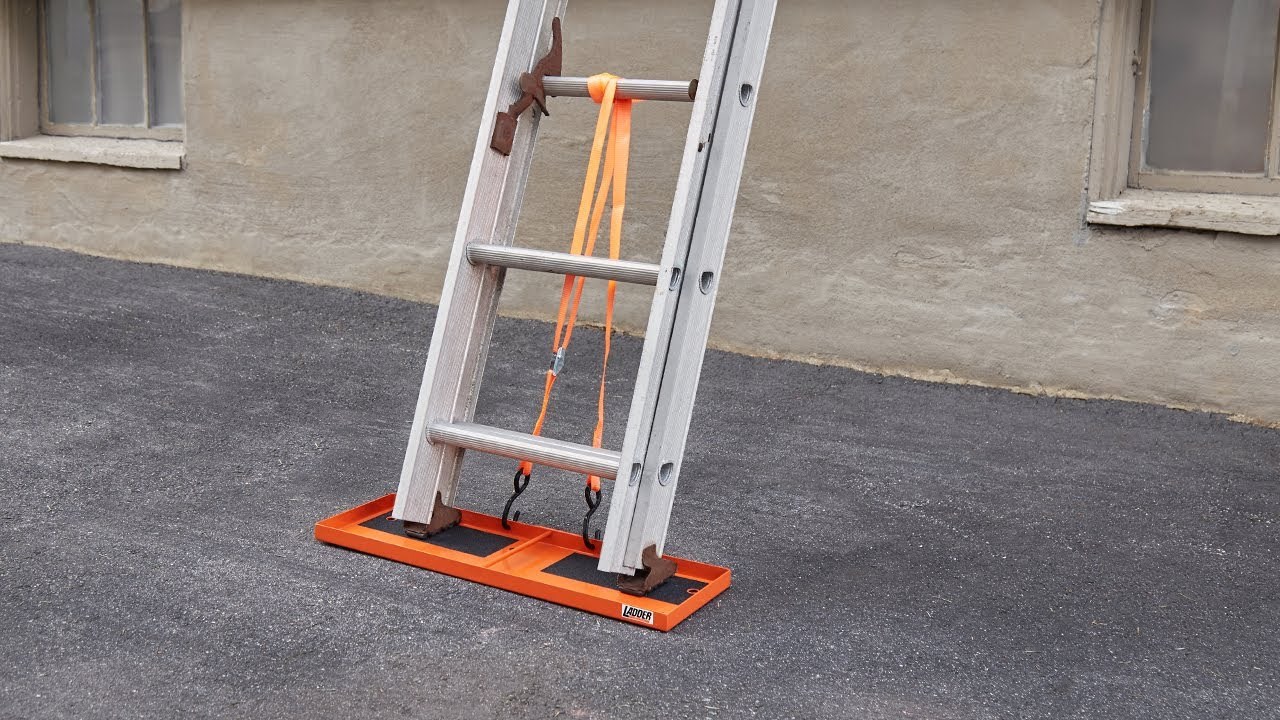
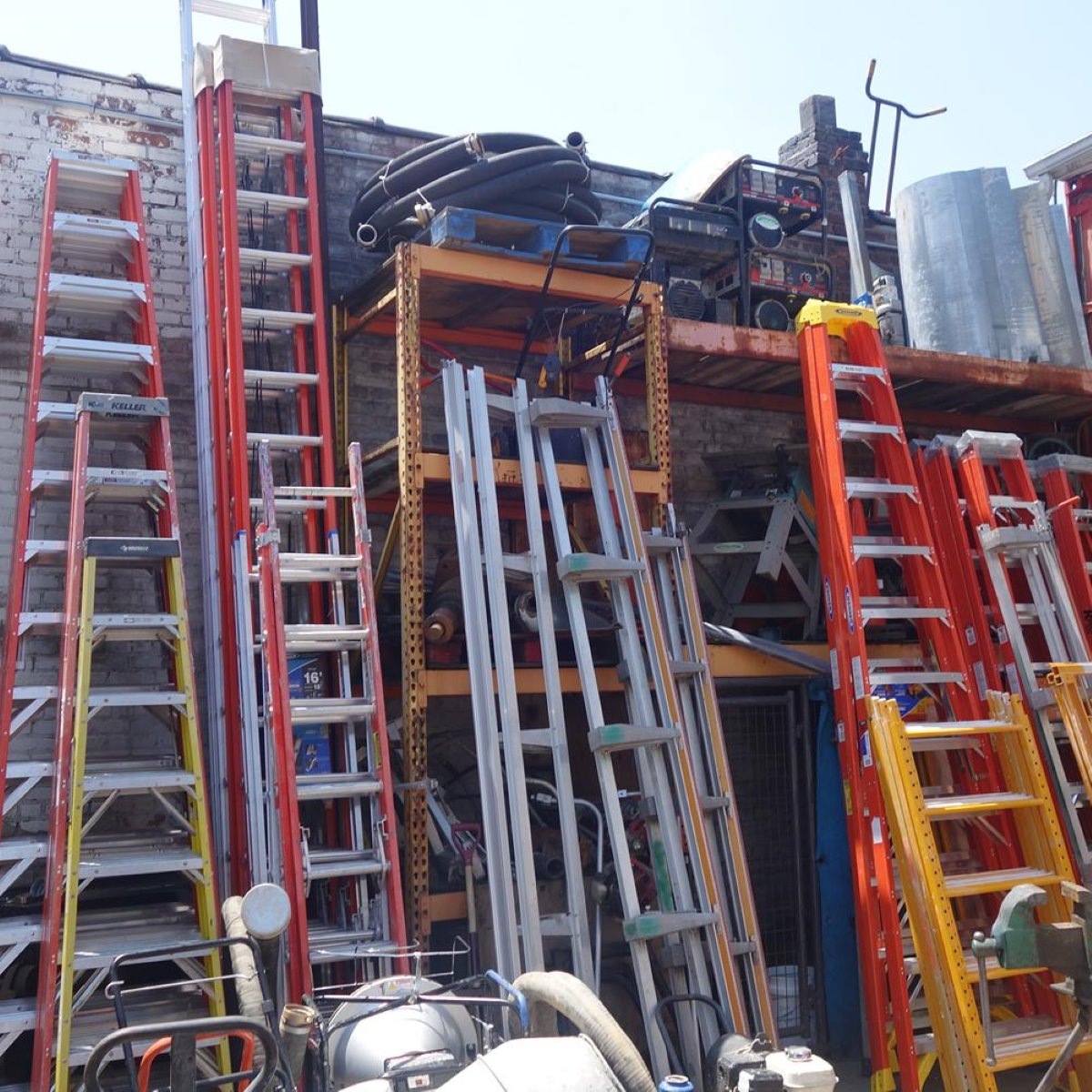


0 thoughts on “How To Place Ladder On Stairs”